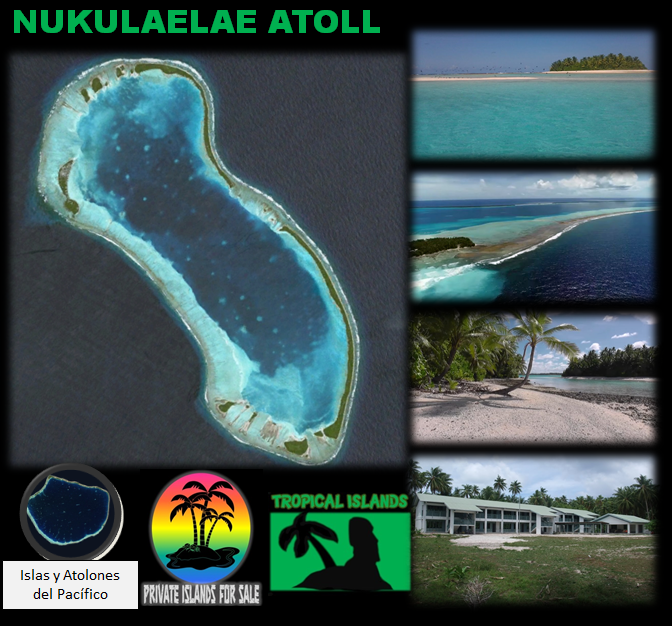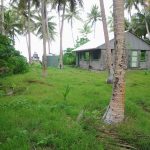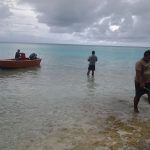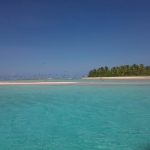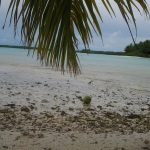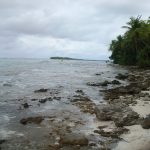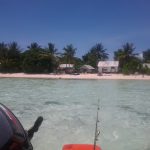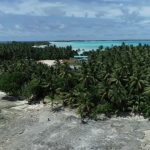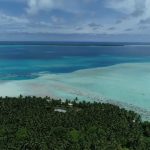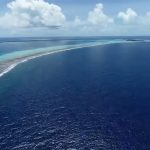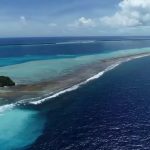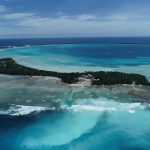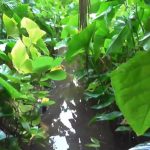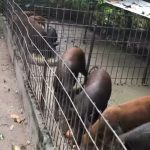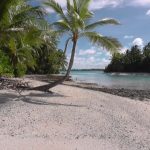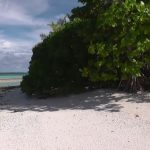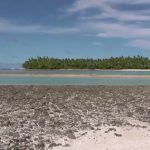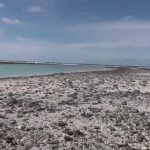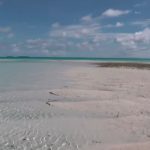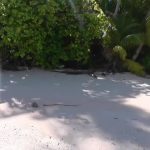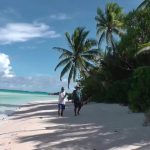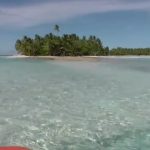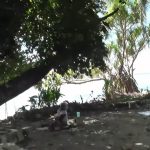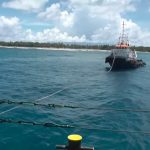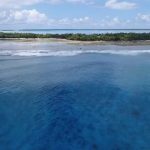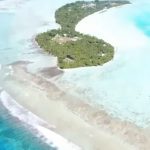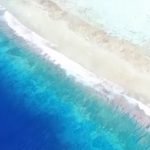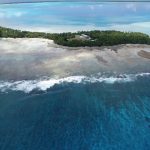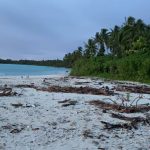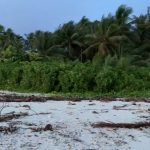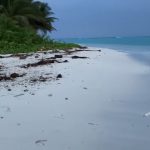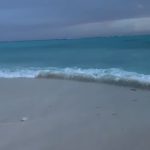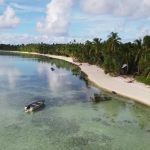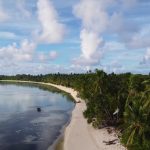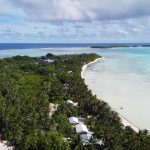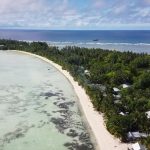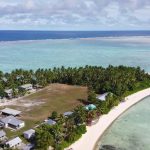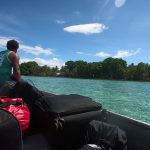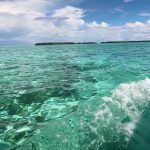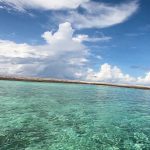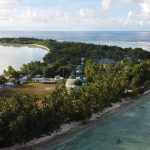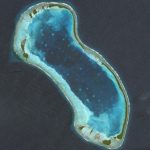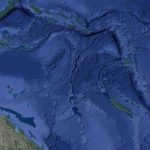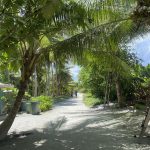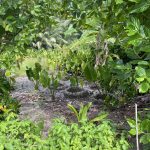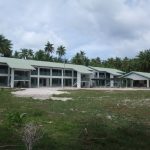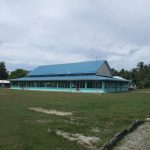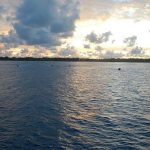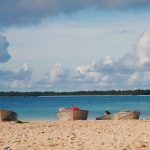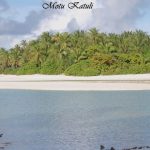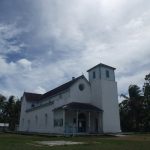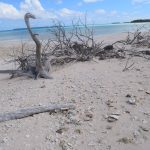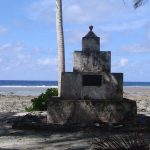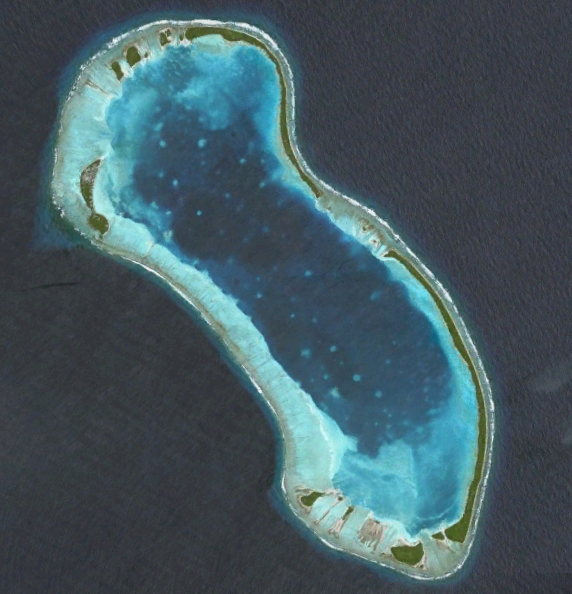
Nukulaelae Atoll is an atoll in Tuvalu, the Pacific Ocean. Its maximum length/width are around 10,5kmX4,3km, and its size is around 1.82 km², while the lagoon covers 25.4 km². Nukulaelae Atoll is around 112km southeast of Funafuti Atoll (where the capital settlement of Tuvalu is located), and 114 km from its international airport where the main settlement is. The atoll is around 3300 km northeast of Australia’s shore and 4100km southwest of Hawaii.
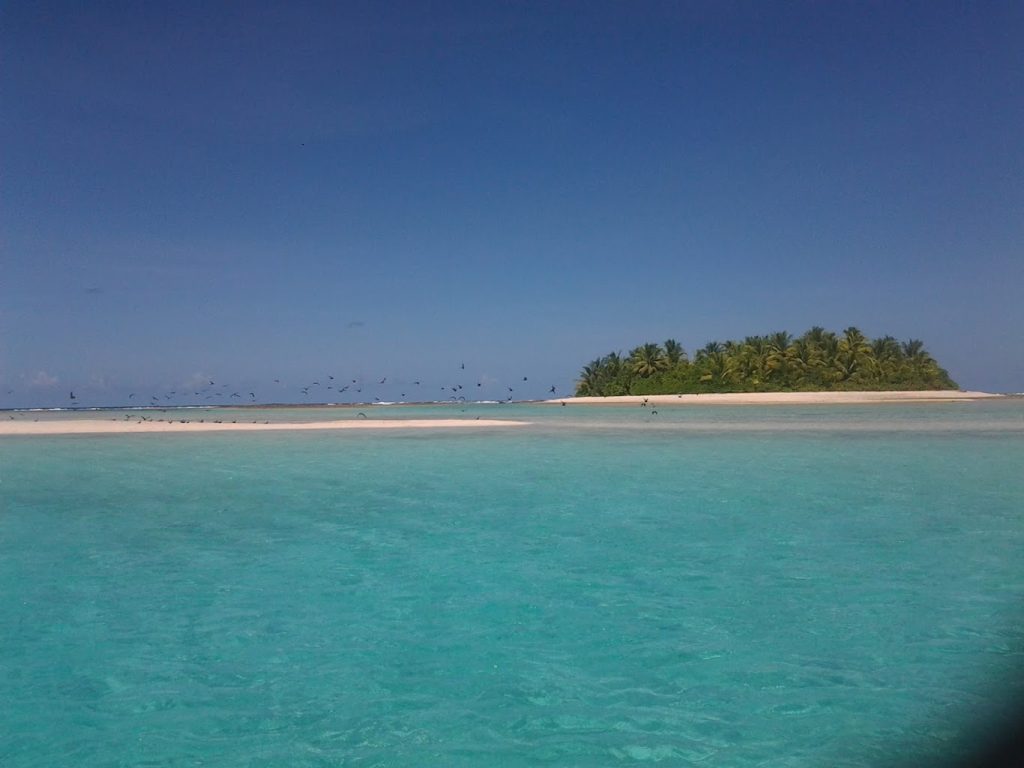
Nukulaelae Atoll is inhabited. It has islands (motus) scattered on its ring, while most of the islands, and longest ones are located on the eastern side of the atoll. Its lagoon is beautiful, with turquoise and various shades of blue varying, depending on depth and location. Its islands are mostly covered in vegetation (that even stretches over 5 kilometers in line!), and there is plenty of coconut palms and bright white sandy beaches, adding to the tropical effect there.
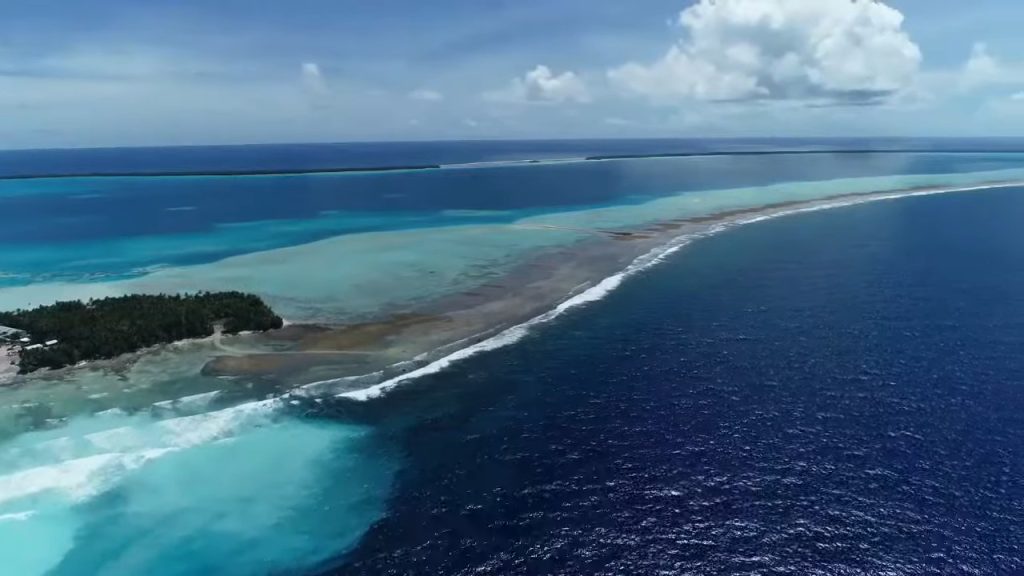
Nukulaelae is also known as the “land of sand”. The northwestern one to the Motu Fangaua is artificially deepened and leads to a concrete ramp near the settlement. Another culvert through the reef is to the southwest. The water depth of the lagoon is low; the deepest measured point is 30 m. The main settlement is Fangaua, a village that is the seat of the island administration (Kaupule). The other reef islands are only a few meters above sea level.
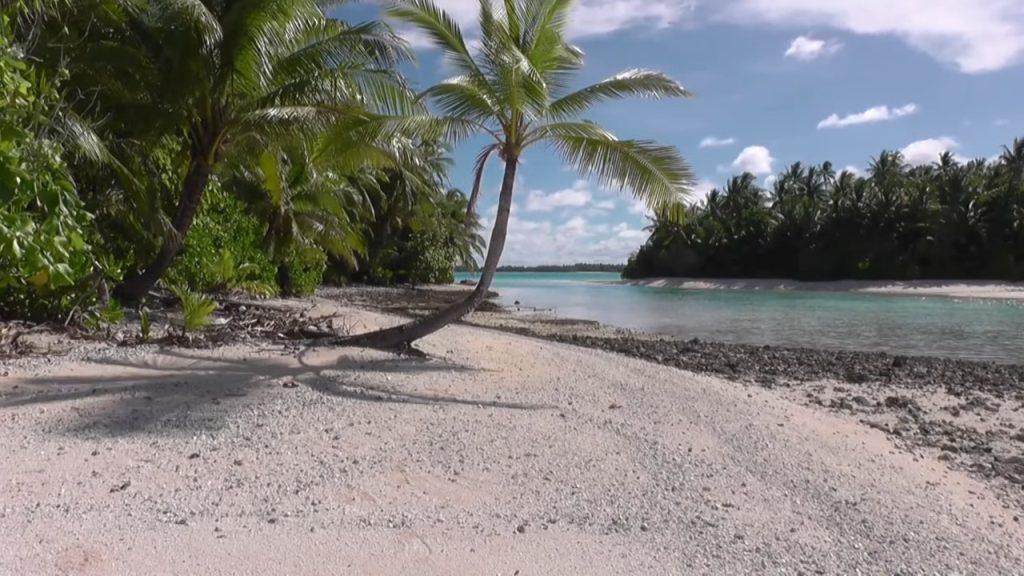
While the exact origin of the name is unclear, a legend suggests that it was named by a light-skinned man who saw the island and deemed it barren and empty. The next visitor to the island, named Valoa, brought coconut seedlings from Vaitupu and settled there with his family and friends. Despite facing conflict with a warrior from Funafuti named Takauapi, the community of Nukulaelae thrived and developed into separate settlements on various motus.
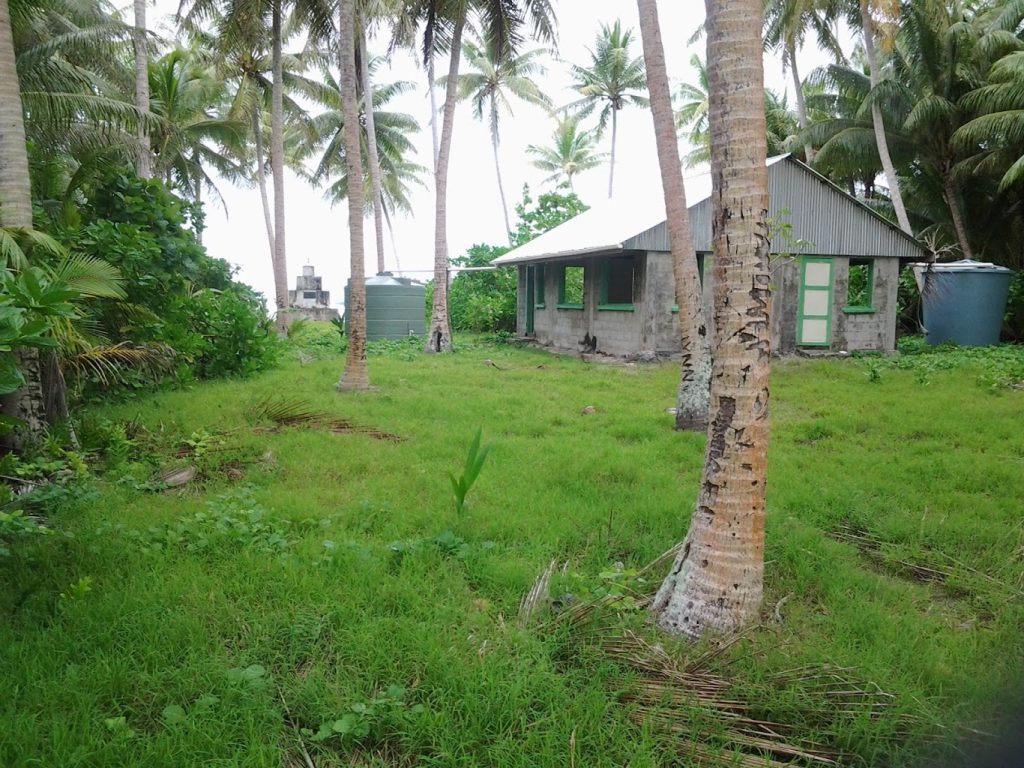
Although archaeological investigations have not been carried out extensively, it is believed that the northern Tuvalu Islands were settled from Samoa or Tonga, possibly around the 14th century. Nukulaelae was discovered by Captain George Barrett of Nantucket in 1821 during a multi-year whaling voyage. The island was later visited by the USS Peacock and USS Flying-Fish during Charles Wilkes’ United States Exploring Expedition in 1841. It was not until 1861 that the London Missionary Society (LMS) began missionary work in Tuvalu, with Elekana, a native LMS lay preacher from the Cook Islands, credited with founding Christianity in the Tuvalu Islands.
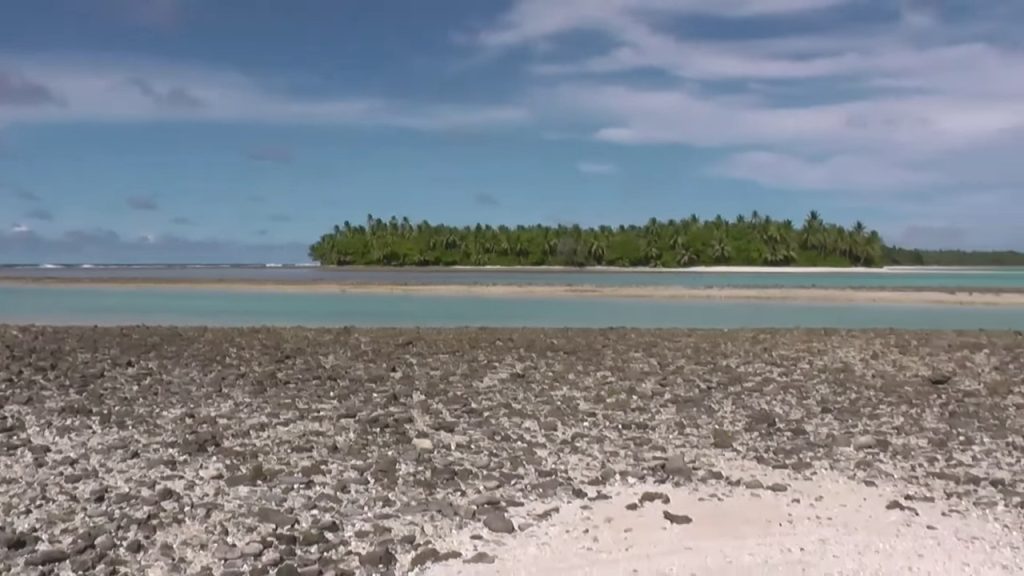
Elekana and nine companions supposedly drifted some 2000 km across the ocean until accidentally landing on Nukulaelae. The islanders welcomed them and were eager to learn about the gospel. Elekana set up literacy courses and, upon his departure to study theology at the LMS’s Malua Theological College in Samoa, a black beachcomber named Tom Rose acted as lay preacher. However, the veracity of Elekana’s adventurous journey across the ocean is difficult to verify. The islanders likely encountered Christianity through traders and whalers.
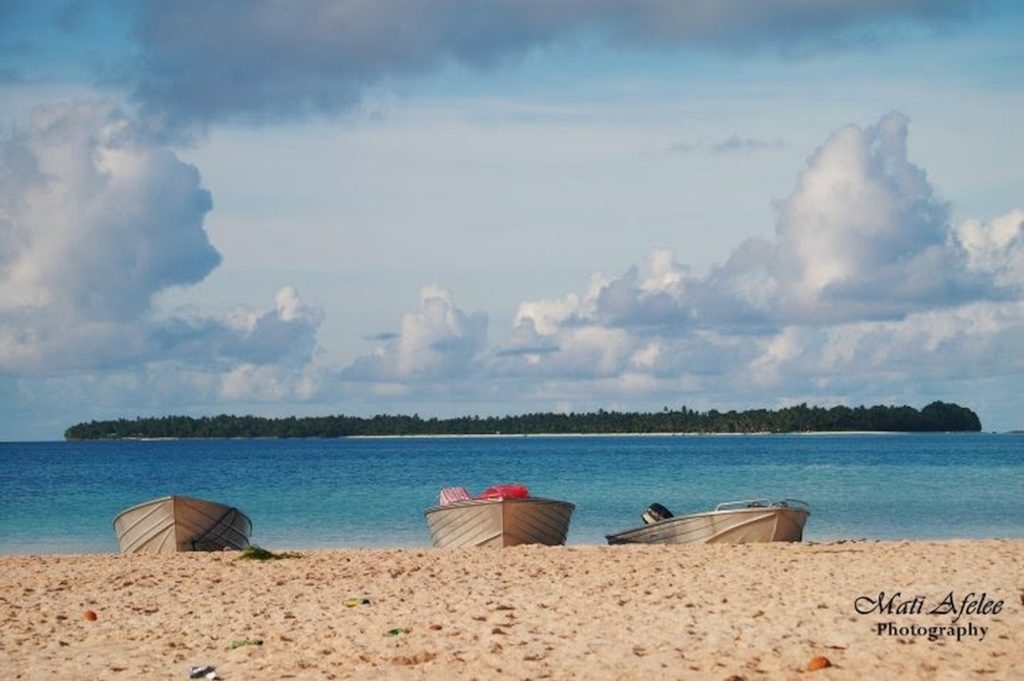
A Scottish copra trader named Stuart was said to have played a significant role in introducing Christianity to the islanders. He told them that their deities were only inanimate idols and that the true god did not dwell in their marae but in heaven. The LMS began missionary work in Tuvalu in May 1865, chartering the merchant ship Augustite to bring missionaries to the Ellice Group. Archibald Wright Murray, Elekana, and two Samoan theology graduates, Ioane and Matatita, and their wives were among the missionaries sent to spread Christianity to the islands of the Ellice Group.
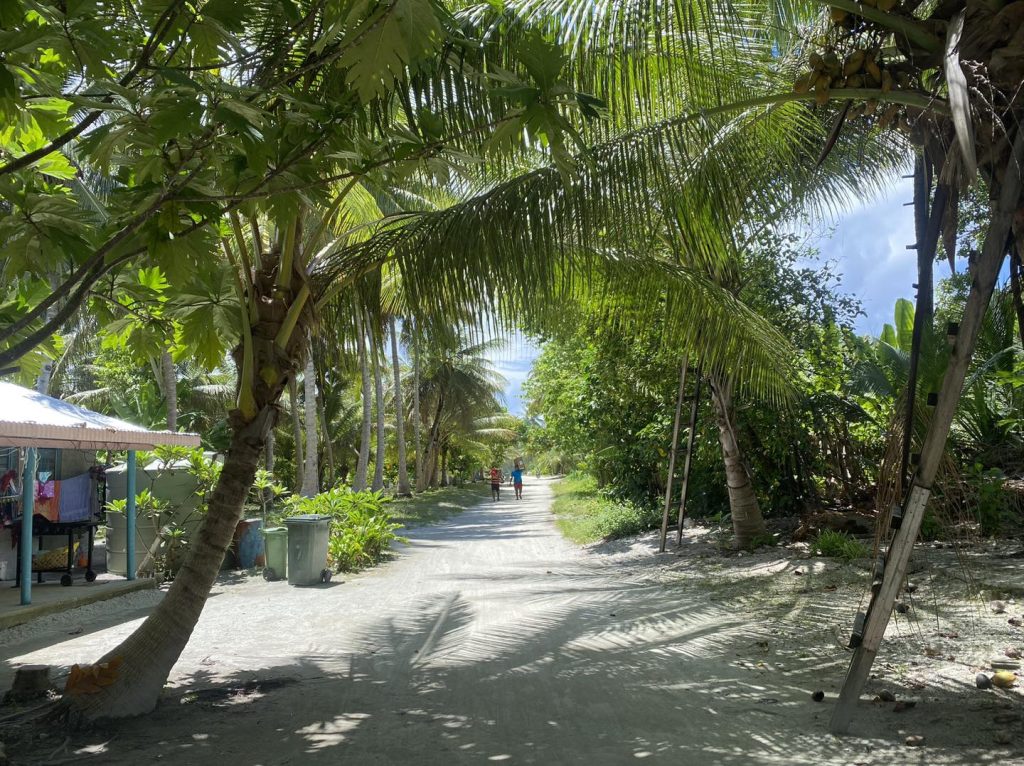
On Nukulaelae, there were several ceremonial sites, including Fagafale on Motu Tumuiloto, where religious rites were performed in honor of the ancestors, and Te Faleatua on Motu Niuoko, where an orthostat served ceremonial purposes. According to oral tradition, there was a feud between Nukulaelae and Funafuti in the mid-19th century, and warriors from Funafuti sailed to Nukulaelae and killed many men.
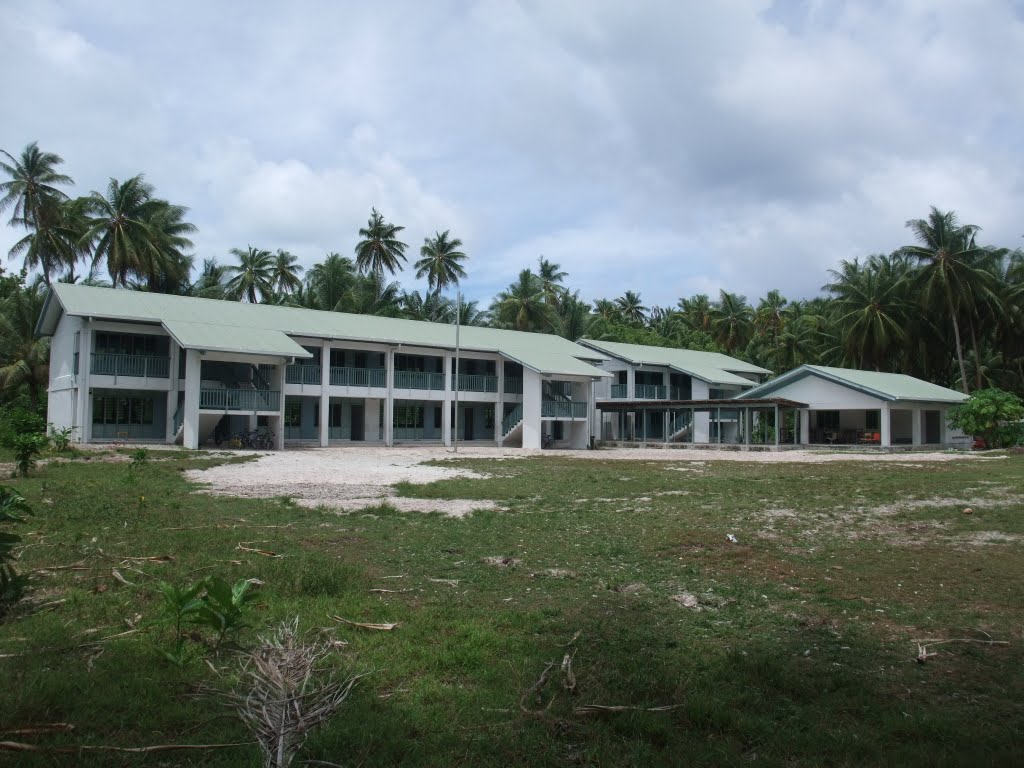
The British colonization of Nukulaelae had a significant impact on the island’s culture and way of life. The British established a colonial administration on the island, which imposed their laws and customs on the local people. The islanders were required to pay taxes and to follow British laws, and the British government took control of the island’s resources and economy.
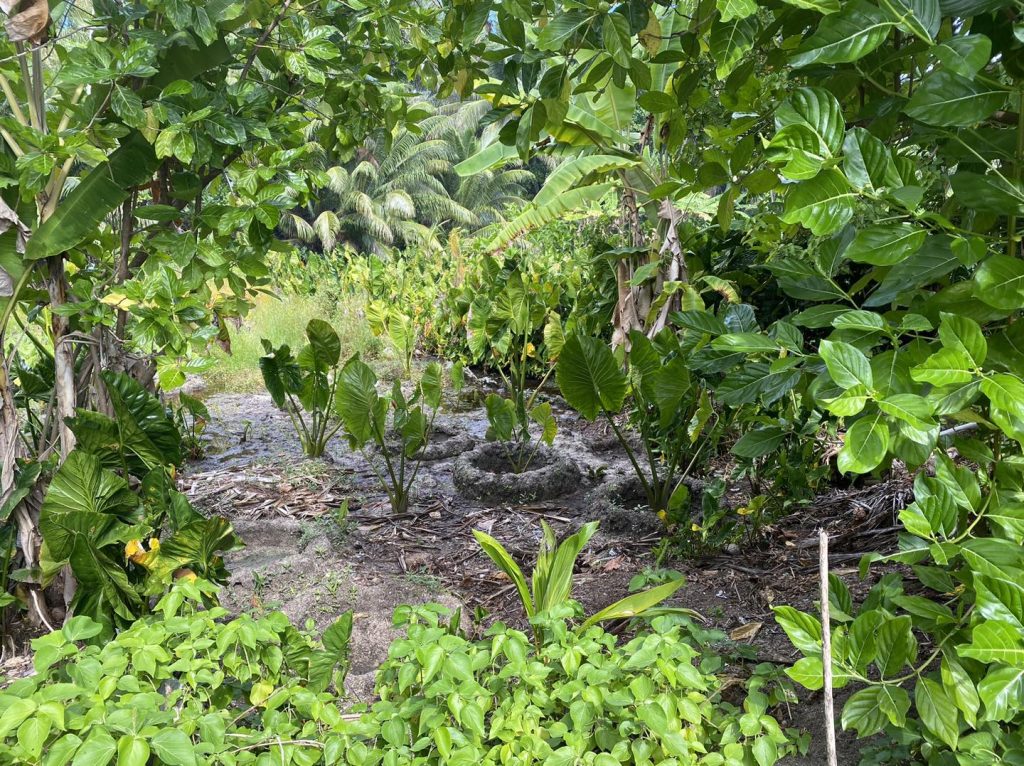
One of the significant changes brought about by British colonization was the introduction of a cash economy. The British established copra plantations on the island, which produced coconut oil for export to Britain. The islanders were forced to work on these plantations as part of their tax obligations, and many were paid very little for their labor. The British also introduced a system of land ownership, which meant that the islanders had to register their land with the colonial administration and pay taxes on it.
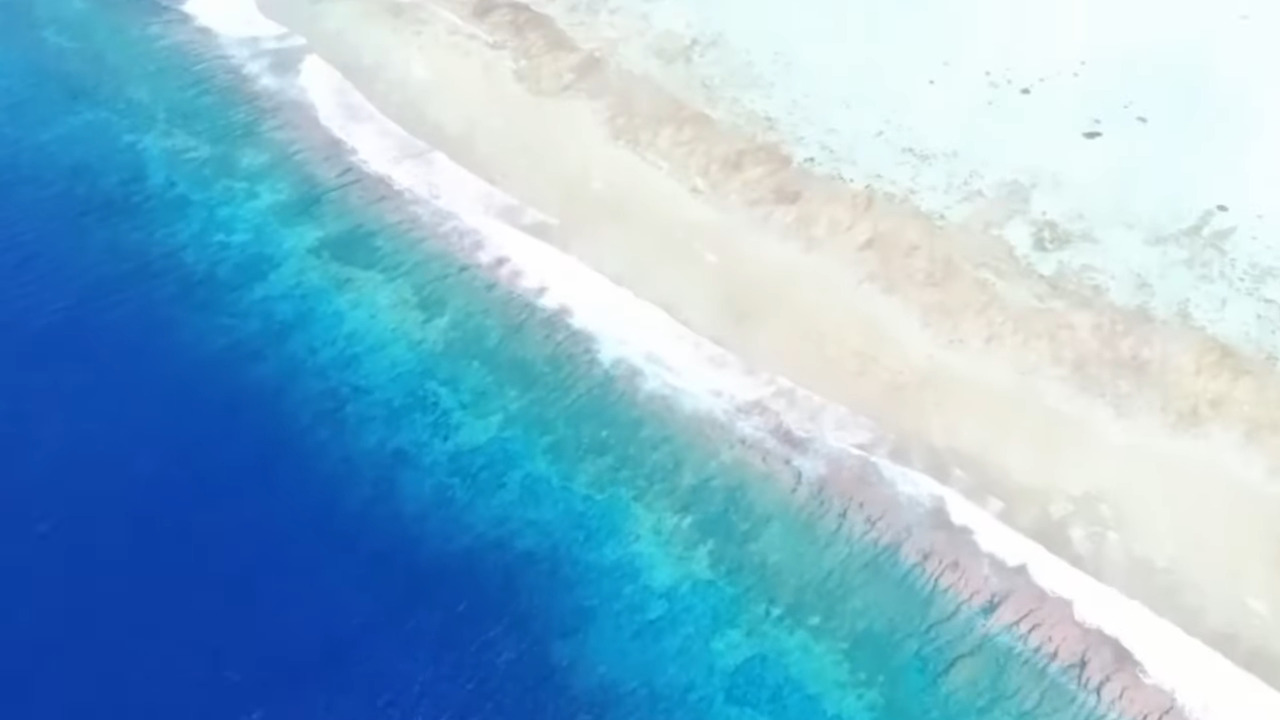
From 1916 to 1975, Nukulaelae belonged to the crown colony of the Gilbert and Ellice Islands (Gilbert and Ellice Islands Colony). Although the further north group of the Gilbert Islands was fiercely fought over in World War II and partly occupied by the Japanese, the Ellice Islands were hardly affected by the Pacific War . There were no military bases on Nukulaelae.
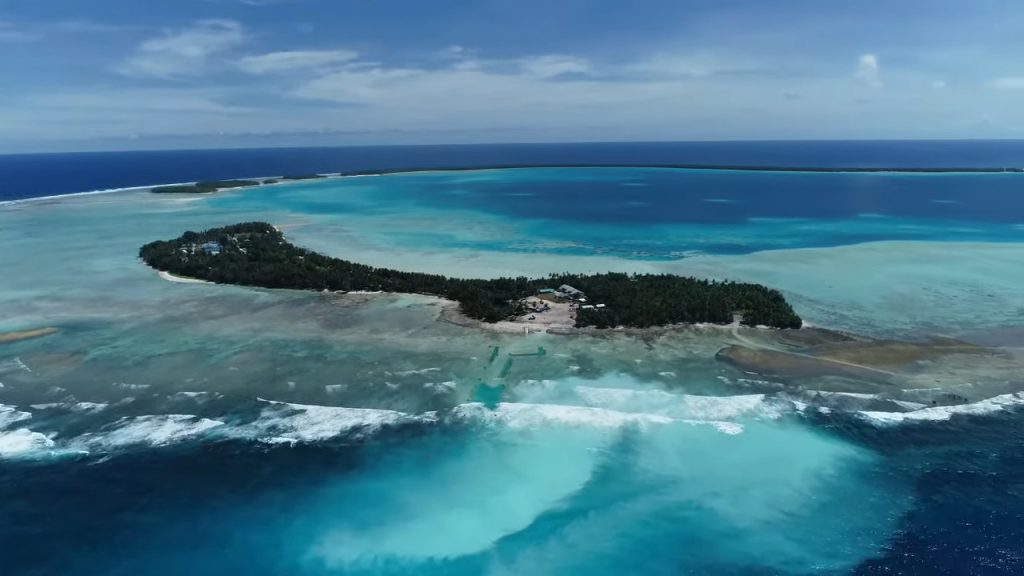
On October 1, 1978, the former colony became a sovereign state with a parliamentary monarchy (the head of state is the British king), under the new name Tuvalu, and at the same time a member of the Commonwealth of Nations . The Gilbert Islands followed a year later. However, the United States also had, due to the Guano Islands Act of 1856 postulated their rights to Nukulaelae, but never claimed them. On February 7, 1979, US and Tuvaluan diplomats met at Funafuti Atoll and signed a treaty of friendship.
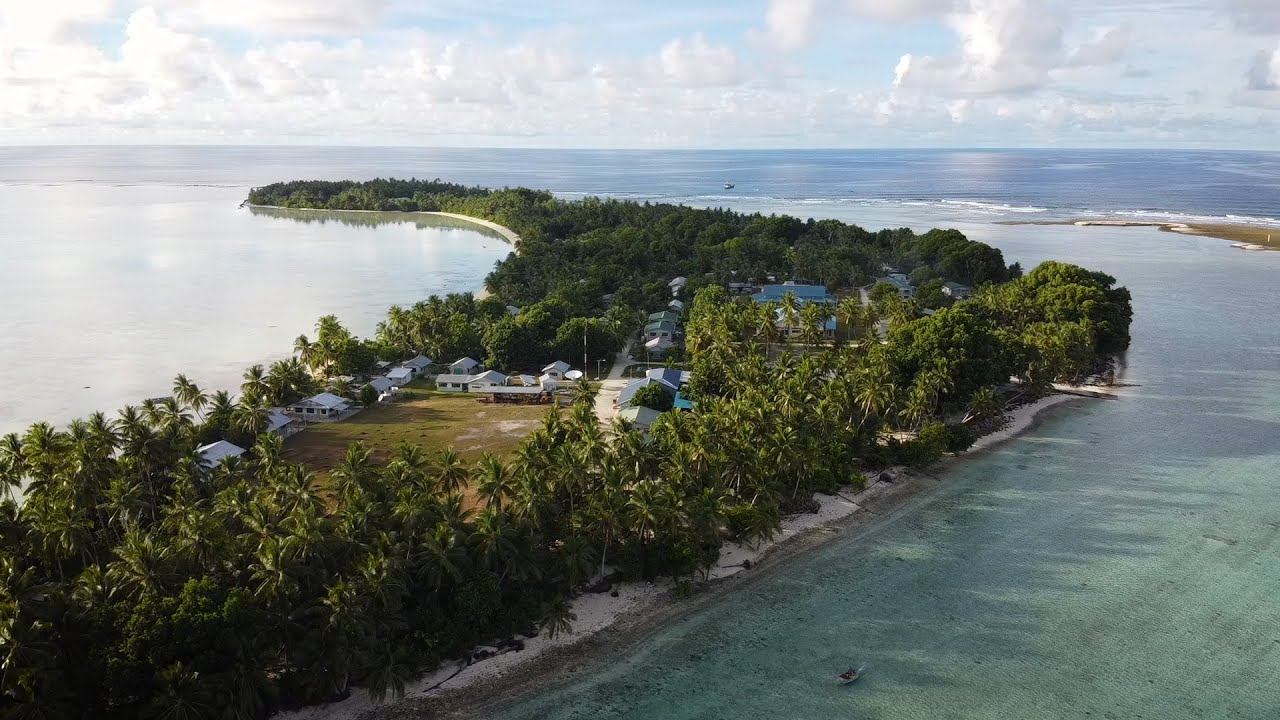
The United States gave up its claim to the four atolls of Funafuti, Nukefetau, Nukulaelae and Niulakita. The treaty came into effect on September 23, 1983. After the war, the British resumed control of the island, and Nukulaelae became part of the British colony of Tuvalu. In the 1960s and 1970s, the islanders began to demand greater political autonomy and self-determination, and in 1978, Tuvalu gained independence from Britain.
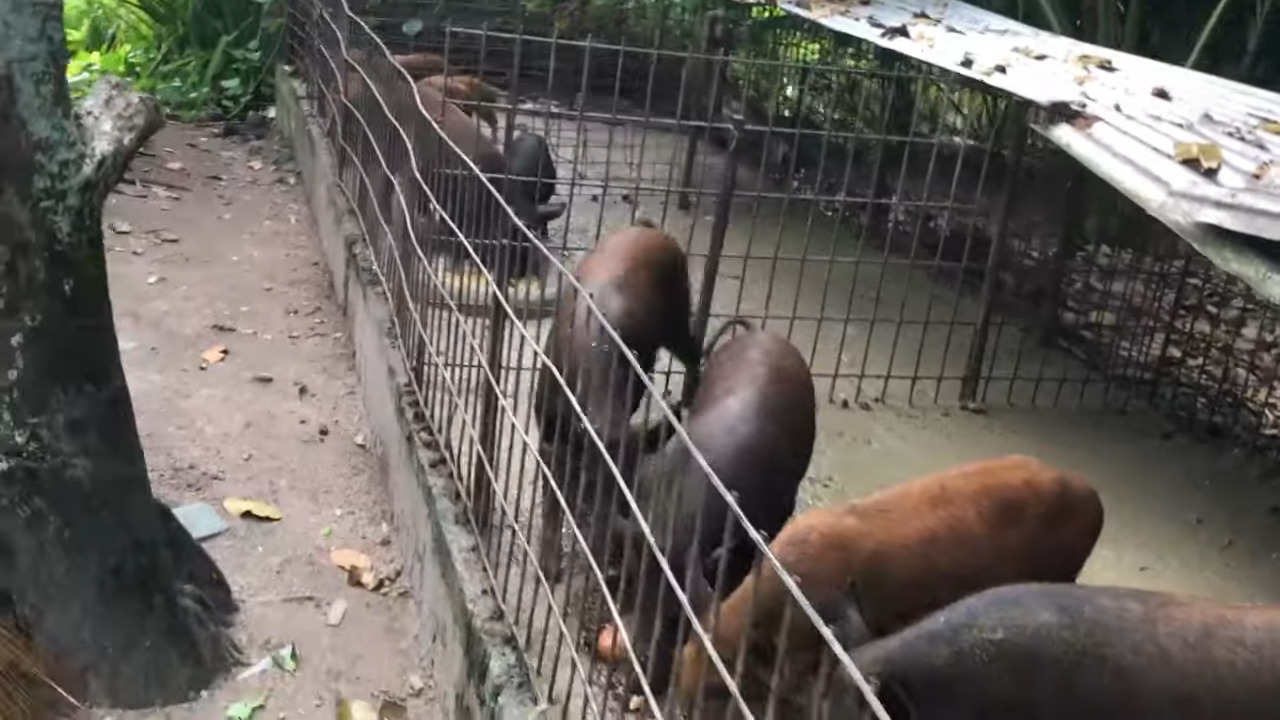
Today, Nukulaelae is one of the eight administrative districts (falekaupule) of Tuvalu, a parliamentary monarchy. According to the most recent census in 2017, Nukulaelae has a population of 300, which has decreased significantly from the previous census in 2012. The small island faces several challenges, including a steady decline in the population due to emigration, a lack of infrastructure, and limited economic opportunities.
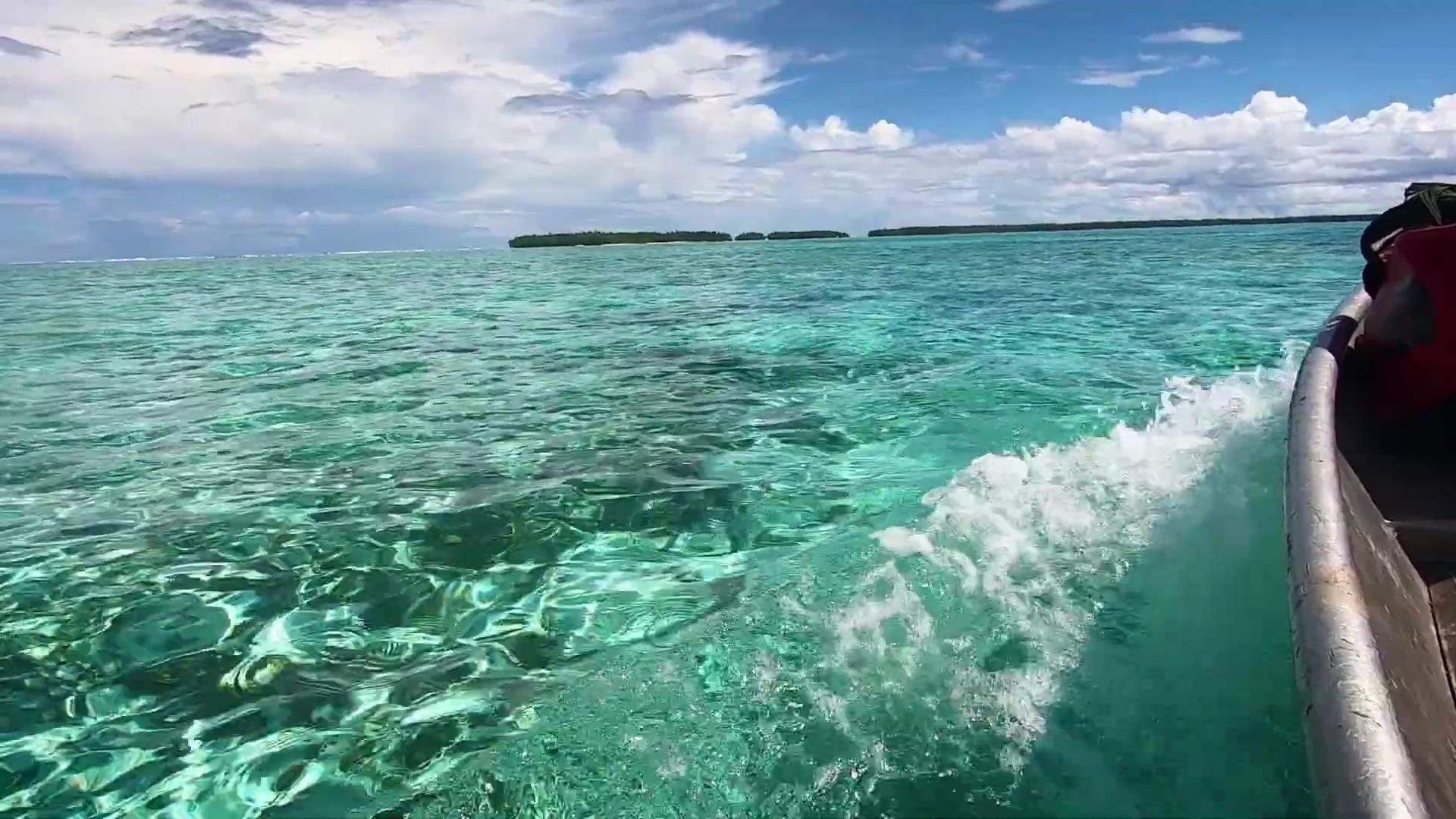
Despite these challenges, the people of Nukulaelae continue to rely on subsistence farming and fishing for their livelihoods. They grow taro and other crops in planting pits, and also produce copra for export. Chickens and pigs are raised as food animals in every household. Currently, Nukulaelae has no paved roads, airfield or port facilities, but a concrete quay is being planned. The main means of transport are small boats owned by households, while the irregular supply ship Nivaga III brings all goods not produced on the island and takes passengers.
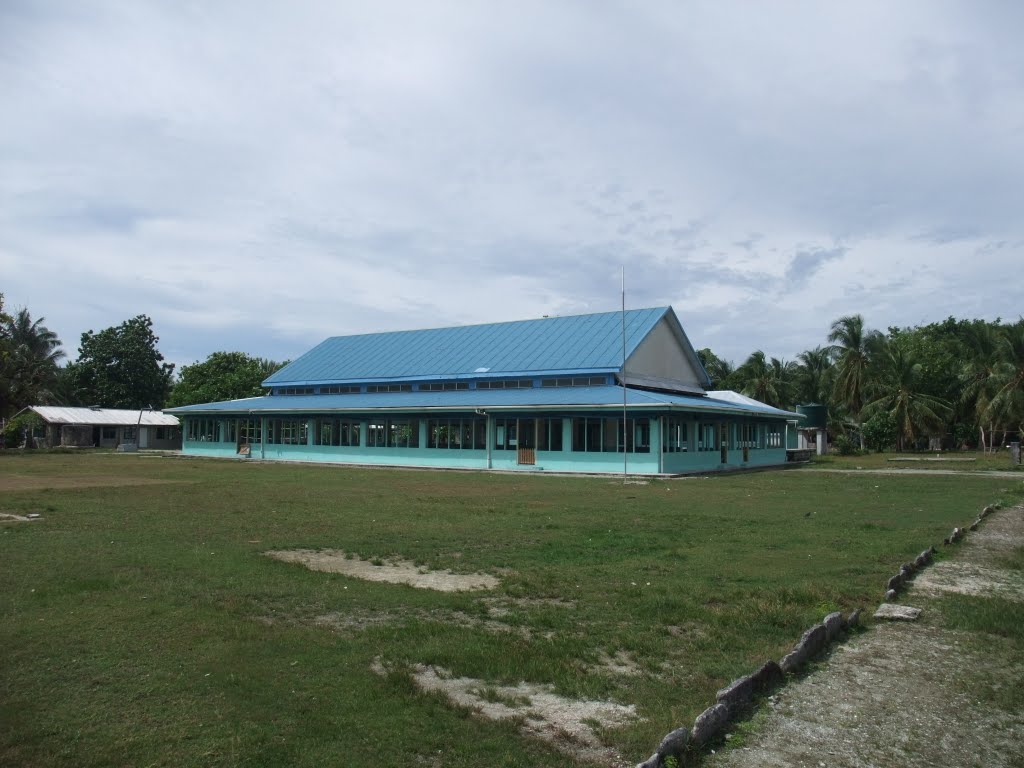
Electricity is generated through a solar park and diesel generators, while drinking water is obtained from rainwater. While Nukulaelae has a pre-school and a basic primary school, there are few educational institutions on the island, and medical care is limited to a small medical center for first aid and emergency care. There is hardly any tourist infrastructure on the island, with no hotels or restaurants, and visitors are dependent on private quarters. Despite these challenges, the people of Nukulaelae continue to maintain their unique way of life and connection to their ancestral home.
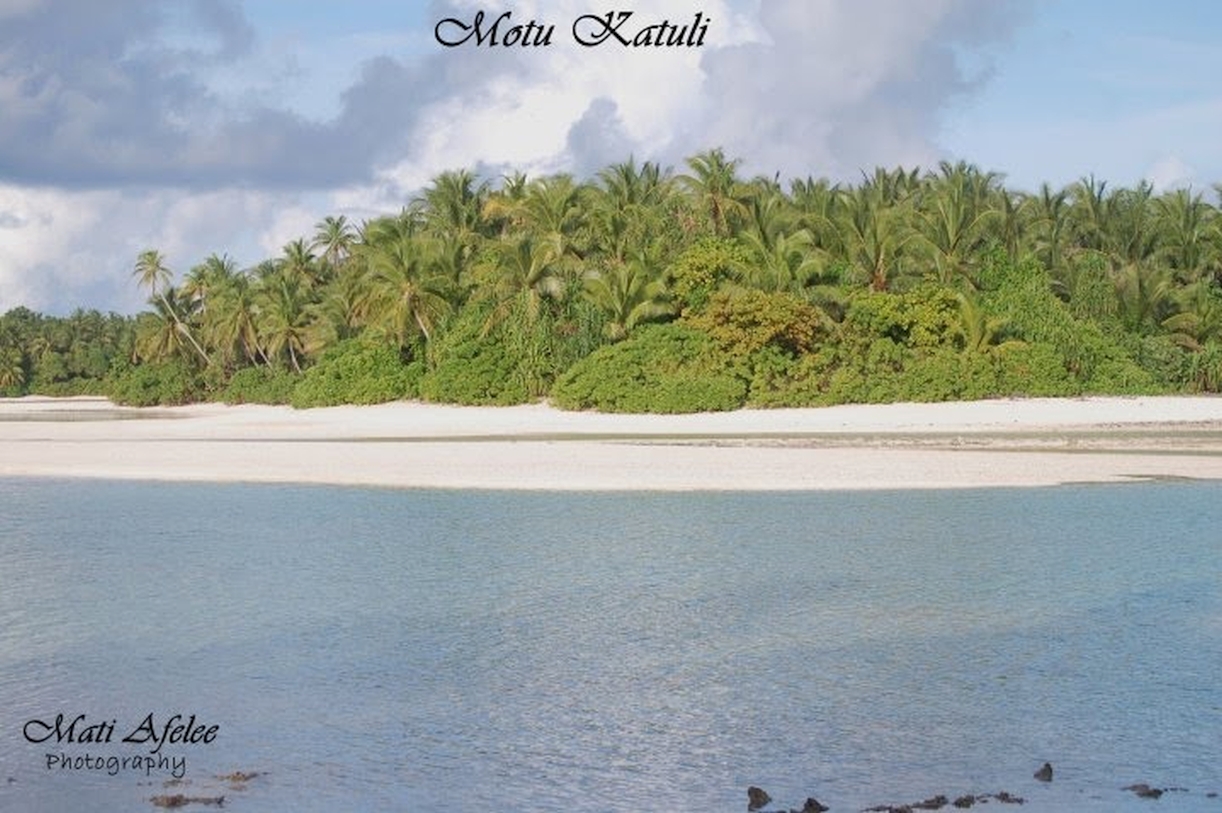
Here is a youtube video, documentary-type about Nukulaelae Atoll, then you will get a gallery with 52 pictures
Now, you will get a Nukulaelae Atoll Gallery (52 pictures, click on a picture and wait for a little until the gallery loads, then scroll left/right, and press Esc to exit, optionally you can press F11 for a bigger gallery)
This post has been made in cooperation with Alejandro Remeseiro Fernández, a historian from ,,Islas y Atolones del Pacífico” Facebook group. Our educational alliance with combined knowledge will improve the quality of the information in posts which will add to the value of both his and our group,,Private Islands for Sale” and this blog as well.
